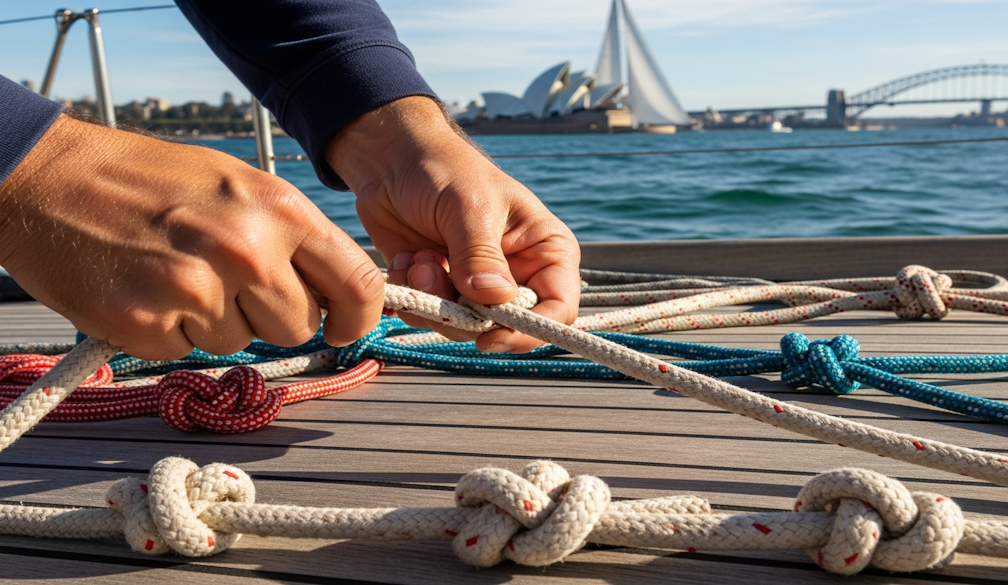Essential Sailing Knots and When to Use Them

Learning to tie essential sailing knots is one of the most valuable skills any sailor can master. Whether you’re an experienced skipper or taking your first lesson, understanding which knot to use—and when—can make all the difference out on the water. From securing a line to docking your vessel safely, knots play a vital role in both safety and efficiency during your voyage. For those inspired by Sydney’s weekend sailing adventures, mastering a few reliable knots can greatly enhance your time on the harbour.
The Bowline – The “King of Knots”
The bowline is one of the most well-known and trusted knots in sailing. It creates a strong, fixed loop at the end of a rope that won’t slip or tighten under load. This makes it ideal for securing sheets to sails, fastening lines to mooring points, or rescuing someone who’s fallen overboard. Despite its strength, it’s easy to untie even after being under tension—an essential feature for quick adjustments on deck.
Best used for:
- Tying sheets to sails
- Securing a line around a cleat or post
- Creating a loop for towing or rescue
The Clove Hitch – Quick and Adjustable
The clove hitch is perfect for temporarily securing a rope to a post, rail, or spar. It’s simple to tie and can be adjusted easily, making it ideal when you need to fasten fenders or attach lines that may require frequent repositioning. However, it can slip if not under constant tension, so it’s best used for short-term tasks.
Best used for:
- Attaching fenders to rails
- Temporary mooring or securing light loads
The Figure-Eight Knot – The Stopper Knot
Often tied at the end of a line, the figure-eight knot prevents ropes from slipping through pulleys, blocks, or fairleads. It’s a simple but crucial knot that provides an extra layer of safety on board by ensuring that your lines don’t run free when you least expect it.
Best used for:
- Preventing lines from running out of blocks
- Creating a secure end-stop on halyards and sheets
The Reef Knot – For Securing Sails and Lines
Used for centuries by sailors, the reef knot (or square knot) is designed to tie two ropes of the same thickness together. Traditionally, it’s used to reef sails—shortening them in strong winds—but it also works well for tying down gear or bundling ropes neatly when storing.
Best used for:
- Reefing sails
- Securing coiled lines or sail covers
The Cleat Hitch – Docking Made Easy
When docking, few knots are as handy as the cleat hitch. It’s the go-to method for fastening a line to a dock cleat quickly and securely. A correctly tied cleat hitch ensures that your boat stays put, even in shifting tides or wind, yet it can be released effortlessly when it’s time to depart.
Best used for:
- Mooring your boat
- Securing lines to dock cleats
The Rolling Hitch – For Tension and Control
The rolling hitch is excellent for taking the strain off another line or securing a rope to a pole or spar. It grips under load in one direction but can be adjusted when slackened, making it perfect for controlling tension or relieving pressure on jammed winches and cleats.
Best used for:
- Relieving tension on loaded lines
- Securing ropes to poles or spars
Mastering Knots for a Smooth Sailing Experience
Like any skill, knot-tying improves with practice. Before setting out on your next sailing trip, spend some time learning and practising these knots on shore. You’ll find that knowing the right knot for the right situation can save time, reduce risk, and make your day on the water far more enjoyable.





